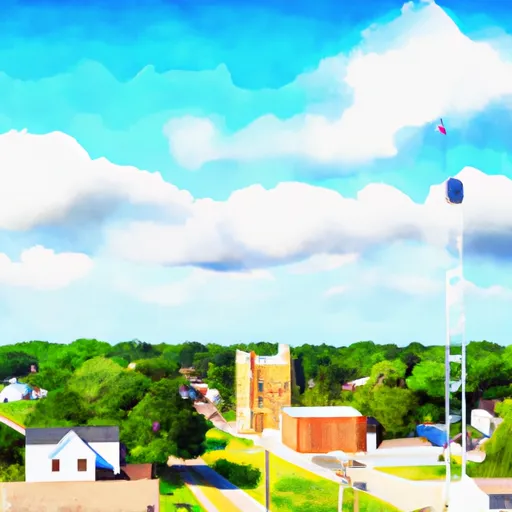°F
°F
mph
Windspeed
%
Humidity











Pound, Wisconsin is a picturesque village located in Marinette County, in the northeastern part of the state. The climate in Pound is classified as humid continental, with warm summers and cold winters. Summers are mild, with average temperatures ranging from the mid-60s to the low 80s Fahrenheit. Winters, on the other hand, can be quite cold, with temperatures dropping below freezing and heavy snowfall.
The village of Pound is surrounded by beautiful natural landscapes, including forests, lakes, and rivers. The region's hydrology constituents are primarily composed of the Menominee River, which runs through the area. This river provides excellent opportunities for fishing, boating, and canoeing.
Outdoor enthusiasts will find plenty of recreational activities to enjoy in Pound. The surrounding forests offer extensive hiking and biking trails, perfect for exploring the stunning scenery. Hunting is also popular in the area, with opportunities to pursue deer, turkey, and other game animals. In the winter, residents and visitors can engage in snowmobiling, cross-country skiing, and ice fishing on the frozen lakes.
Overall, Pound, Wisconsin offers a diverse climate, beautiful hydrology constituents, and abundant outdoor recreation opportunities for nature lovers and adventure seekers.
Weather Forecast
Pound receives approximately 784mm of rain per year, with humidity levels near 83% and air temperatures averaging around 6°C. Pound has a plant hardyness factor of 4, meaning plants and agriculture in this region thrive during a short period during spring and early summer. Most plants will die off during the colder winter months.
Regional Streamflow Levels
17
Cubic Feet Per Second
16
Cubic Feet Per Second
1
Cubic Feet Per Second
2
Cubic Feet Per Second
Nearby Camping
| Camping Area | Reservations | Toilets | Showers |
|---|---|---|---|
| Oakland City Park | |||
| Des Plaines State Conservation Area | |||
| Fox Ridge State Park | |||
| Gibson City Park | |||
| Walnut Point State Park | |||
| Desplaines Conservational Park |



